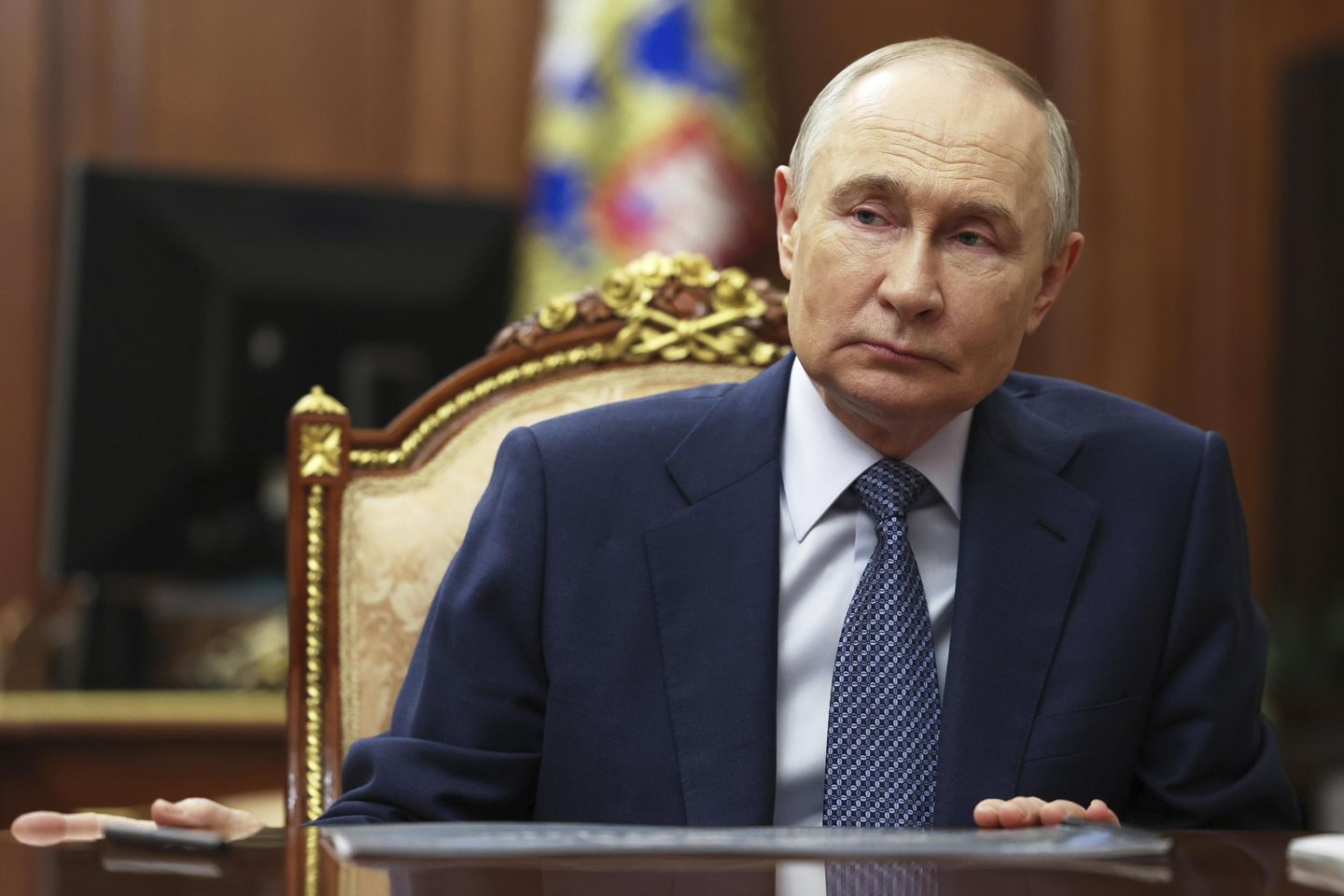
Don’t miss the full story, whose reporting from The Associated Press is the basis of this AI-assisted article.
Intermediate range weapons have emerged as a critical flashpoint in escalating tensions between Russia and the West, particularly as Moscow abandons its self-imposed deployment moratorium.
These missiles occupy a unique and destabilizing position in modern warfare due to their reduced flight times and strategic positioning capabilities, making them a key concern for global security experts and policymakers. Here are some facts about intermediate-range weapons:
• Intermediate-range missiles can fly between 500 to 5,500 kilometers (310 to 3,400 miles), positioning them between short-range tactical weapons and intercontinental ballistic missiles.
• These land-based weapons were previously banned under the 1987 Intermediate-range Nuclear Forces (INF) Treaty, which both Washington and Moscow abandoned in 2019 amid mutual accusations of violations.
• They are considered particularly destabilizing because they take less time to reach targets compared with intercontinental ballistic missiles, leaving decision-makers with minimal response time and increasing the risk of nuclear conflict over false launch warnings.
• Russia’s new Oreshnik intermediate range missile, first used against Ukraine in November, can carry either conventional or nuclear warheads and has sufficient range to reach all of Europe.
• The Oreshnik’s multiple warheads can reach speeds up to Mach 10 and are described by Putin as immune to interception, with conventional strikes potentially as devastating as nuclear attacks.
• The current deployment concerns echo the Cold War-era European missile crisis of the 1980s, when both the U.S. and Soviet Union positioned intermediate range missiles across the continent.
This article is written with the assistance of generative artificial intelligence based solely on Washington Times original reporting and wire services. For more information, please read our AI policy or contact Ann Wog, Managing Editor for Digital, at awog@washingtontimes.com
The Washington Times AI Ethics Newsroom Committee can be reached at aispotlight@washingtontimes.com.











